Discovering Nysa: A Gem of Ancient Caria
The Historical and Cultural Legacy of Nysa
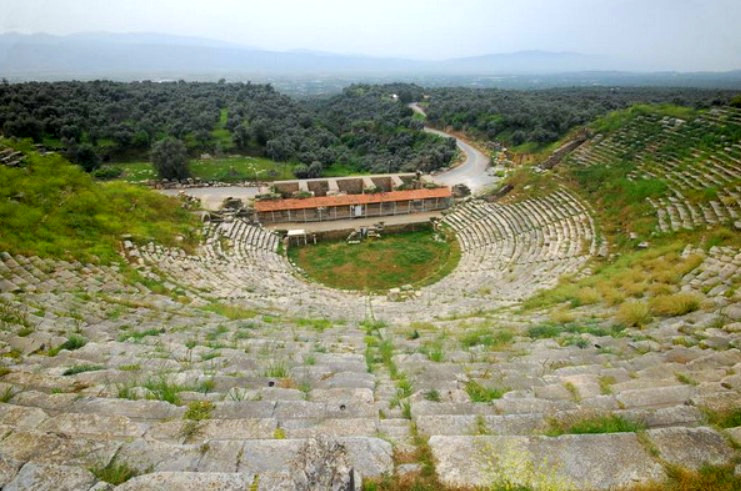
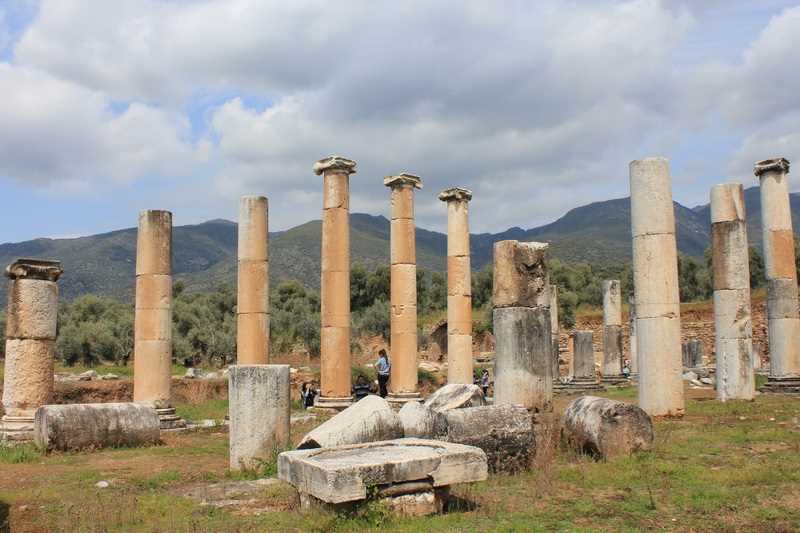
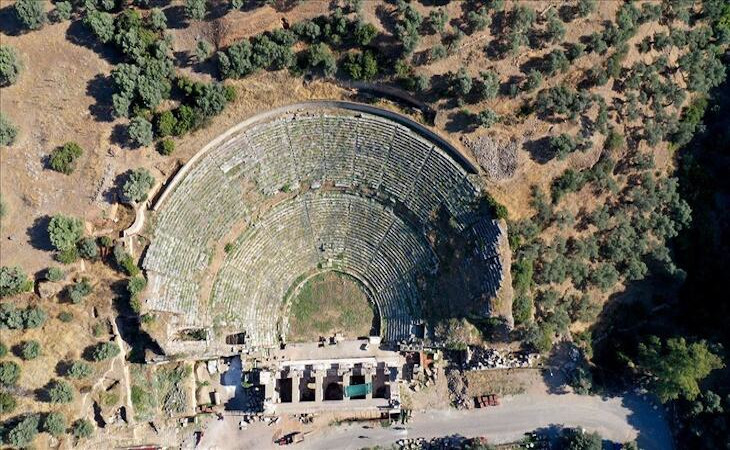
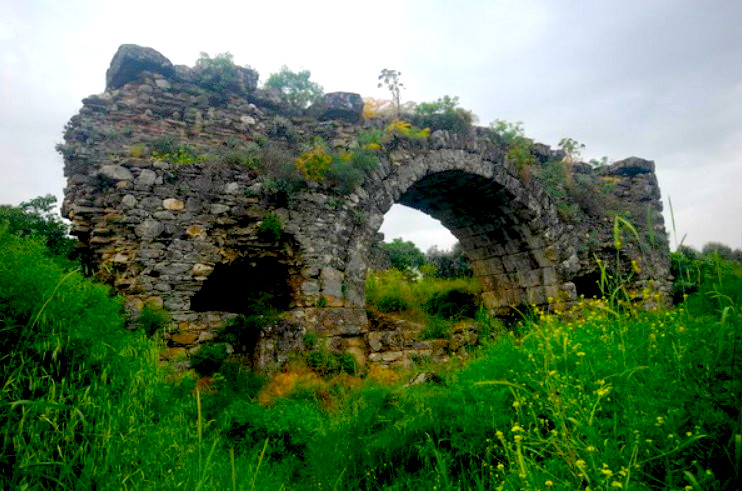
Nysa, a pivotal city in the ancient Carian region, is situated 30 km from Aydın along the Aydın-Denizli highway, approximately 3 km east of Sultanhisar District.
The city’s origins are chronicled by the renowned traveler and geographer Strabo of Amasya (63 BC – AD 21) and the historian Stephanos. Nysa was established in the early 3rd century BC by Antiochus Soter, the son of Seleucus I, during the Hellenistic period.
Nysa was uniquely divided by a fast-flowing river that created a deep strait, with three bridges connecting the two parts of the city. The city features an impressive array of structures, including a theater, gymnasium, agora, and tunnel. During the Roman period, additional buildings were constructed, enhancing Nysa’s cultural prominence. The city’s buildings, streets, and squares, located on either side of the steep strait, are supported by vaulted substructures, showcasing the advanced engineering of the time.
In ancient times, Nysa was renowned for its educational institutions. The city was home to a gymnasium and library, where prominent figures like Strabo received their education. The library, a two-story structure, is one of Anatolia’s best-preserved ancient libraries, second only to the Celsus Library in Ephesus. The gymnasium, measuring approximately 165×70 meters, served as a facility for both mental and physical training.
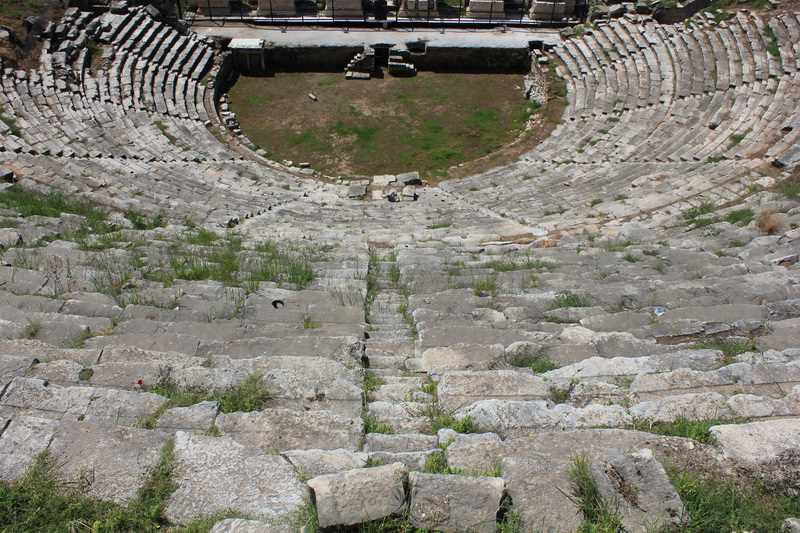
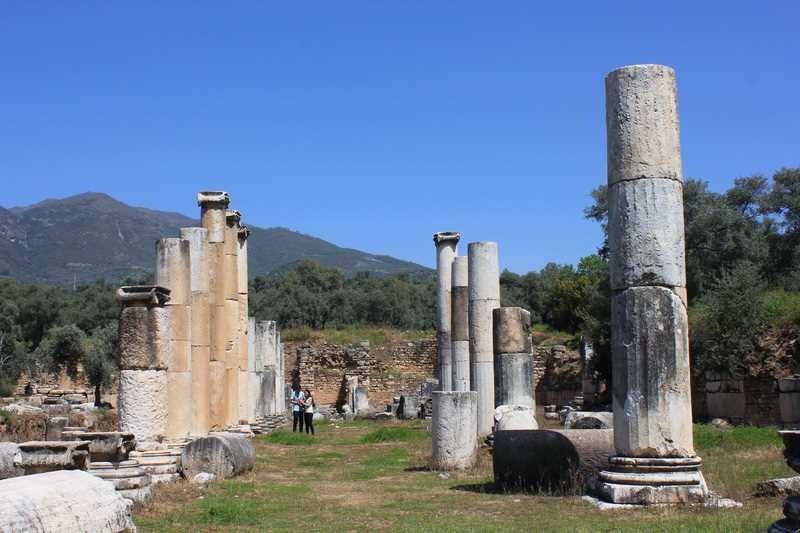
Today, the remains of Nysa include several significant structures:
- The Theater: Located in the city center on the eastern slope, it is well-preserved and features a slightly extended semi-circular cavea.
- The Bouleuterion: Also known as the Gerontikon or elders’ council, this rectangular building includes a semicircular cavea and is considered one of Nysa’s best-preserved structures.
- The Agora: Situated to the east of the Bouleuterion, the Pazaryeri is a large market area surrounded by columned halls, measuring 89×105 meters.
- The Stadium: Defined by Strabo as the Amphitheater, it is situated on the widest part of the stream bed, though it has been partially destroyed by floods. The stadium measures approximately 192×44 meters.
Nysa’s city walls from the Hellenistic period have not survived, but remnants from the Byzantine era are still visible. The necropolis, located about 2 km west on the Akharaka (Salâvatlı) road, provides further insights into the city’s ancient burial practices.